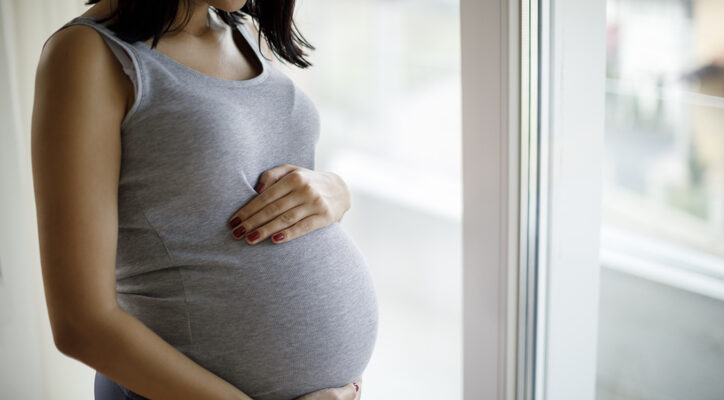
FACT: A successful sperm fertilization of an egg after its release from the ovary during ovulation results in pregnancy.
Pregnancy lasts about 40 weeks and is usually being counted from the first day of your last normal period, then these weeks are grouped into three trimesters. Receiving an early pregnancy diagnosis and prenatal care enables you to experience a healthier pregnancy period and also contributes to the birth to a healthy baby.
The first semester kicks off with these signs and symptoms:
- Absence of menstrual periods
- Swelling or tenderness of the breasts
- Feeling tired intermittently
- Nausea and vomiting
- Mood swings
During this period, a pregnancy test is highly required for confirmation as it measures the level of hormone human chorionic gonadotropin (HCG) in your urine or blood.
The second and third trimesters would include:
- Difficulty sleeping at night
- Swelling of the legs and ankles
- Heartburn
- Mild contractions
- Hemorrhoids
- Weight gain and enlargement of uterus
- Body aches (back, abdomen, thigh)
- Stretch marks on your abdomen, thighs, breasts etc
Now, usually by the end of 37 weeks, your baby is considered full term and its organs are ready to function well on their own. As you approach your due date, your baby turns into a head-down position for birth weighing between 6 pounds 2 ounces and 9 pounds 2 ounces and is 19 to 21 inches long.
Once you find out you are pregnant, it is important you take larger amounts of some vitamins and minerals such as folic acid and zinc.
Exercising
Regular exercising helps you keep fit, stay relaxed and ready for labor. With some yoga stretches, you would stay limber but be careful so you don’t overdo your stretches and risk an injury. Other exercises like walking, swimming are also good during this period but modified to accommodate your changing body and lower energy levels. Ensure you work closely with your doctor or personal trainer to ensure things are under control.

Comments